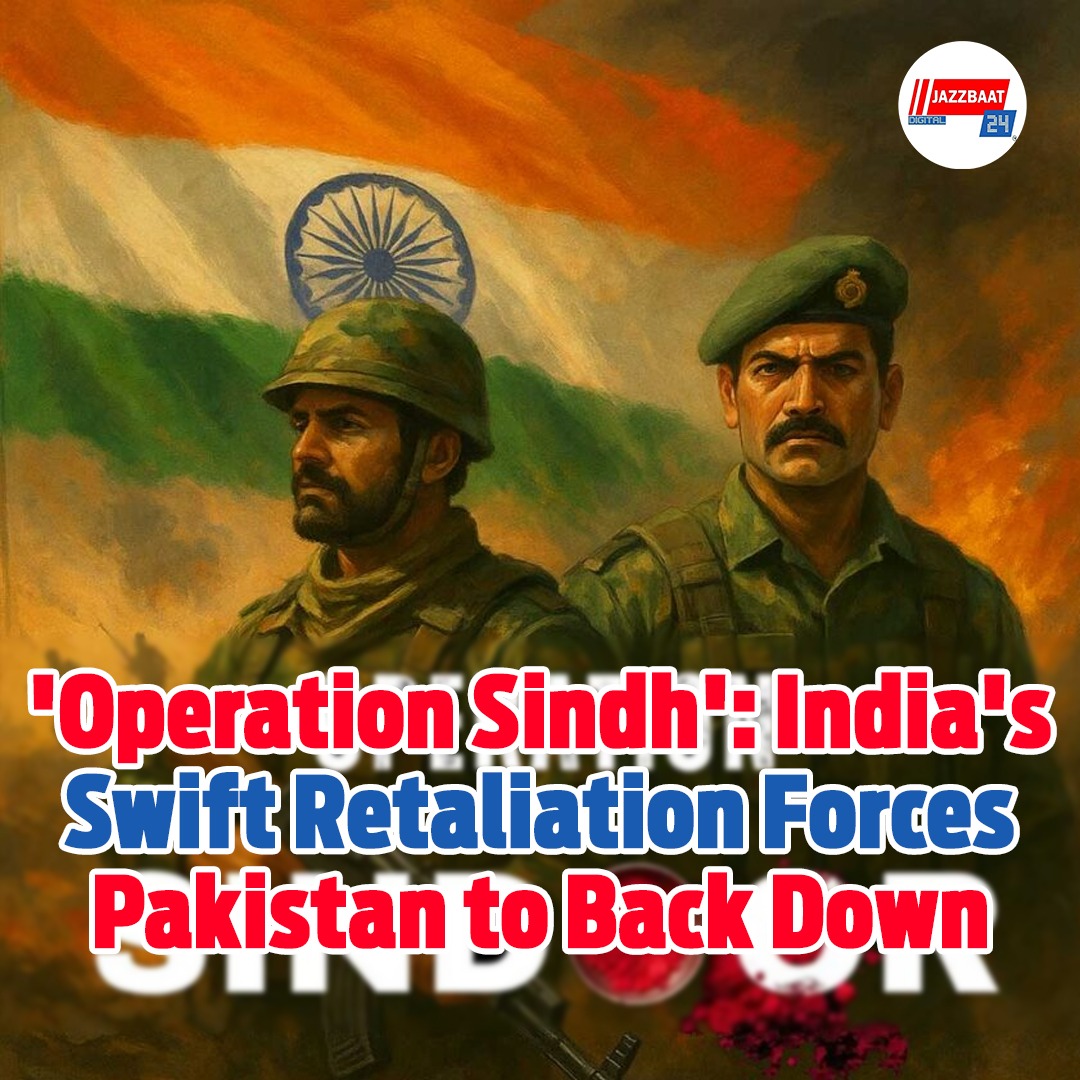
On the night of May 9. When US Vice President JD Vance called Prime Minister Narendra Modi, a serious message reached India. Vance said that according to information received from US intelligence sources, the situation could quickly turn dire. Modi replied in straightforward language - if Pakistan does anything, the response will be "harder, deeper, bigger".
Shortly after that, Pakistan tried to attack 26 places on India's western and northern borders. Attempts were made to target Indian bases using drones and missiles. However, most of the attacks failed and were returned to Indian defense systems.
The next day, India gave an earth-shattering response. Precision air strikes were carried out on eight Pakistani military bases under 'Operation Sindh'. Targeted weapons dropped from Indian fighter jets destroyed Rafiki, Murid, Chakla, Rahim Yar Khan, Sukkur and Chunian bases. Radars and air bases in Pasrur and Sialkot were also attacked.
The Indian attack was described by military sources as "a hellfire". The runway of Rahim Yar Khan airbase collapsed. Nur Khan airbase also suffered major damage. After these incidents, Pakistan quickly contacted America. Their army chief called the US Secretary of State and National Security Advisor. After that, they expressed their desire to reduce tensions through talks.
Indian Army DGMO Lieutenant General Rajiv Ghai spoke to Pakistan DGMO Major General Kashif Abdullah on May 10 afternoon. At 3:30 pm, they held talks, and it was decided to stop military activities and firing.
The whole incident had a clear message behind it – if Pakistan carries out aggression, it will have to suffer the consequences. The background to this incident is the horrific terrorist attack in Pahalgam on April 22, in which 26 innocent tourists lost their lives. India's response was well-planned since that incident.
Attacks were carried out in Mureed, Bahawalpur and Muzaffarabad in Pakistan-occupied Kashmir, which were the headquarters of Lashkar-e-Taiba and Jaish-e-Mohammed. The Indian army deliberately targeted terrorist bases instead of attacking general military bases in Pakistan.
A clear strategy was being implemented within the government at that time – taking measures by considering the three aspects of politics, military and psychology together.
Politically, the Indus Water Treaty was suspended. Pakistan was given military pain using the army. And psychologically, a message was sent to the world – from now on, the old system will not work, terrorist attacks will have to be paid for.
This message can be heard echoed in Modi's voice too—"If bullets come from that direction, bullets will go from this direction."
Ultimately, this intervention led to a ceasefire, but India sees it as a 'temporary cessation of military activity'. Because Pakistan has violated the 2021 ceasefire agreement many times in the last few months.
The Indian army is still alert and ready. Because 'Operation Sindhur' may not be over yet.